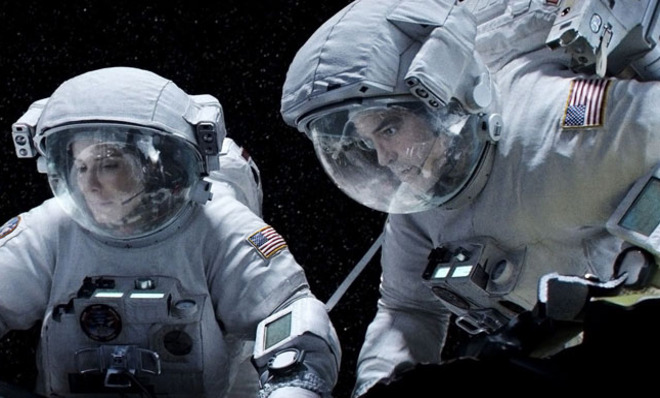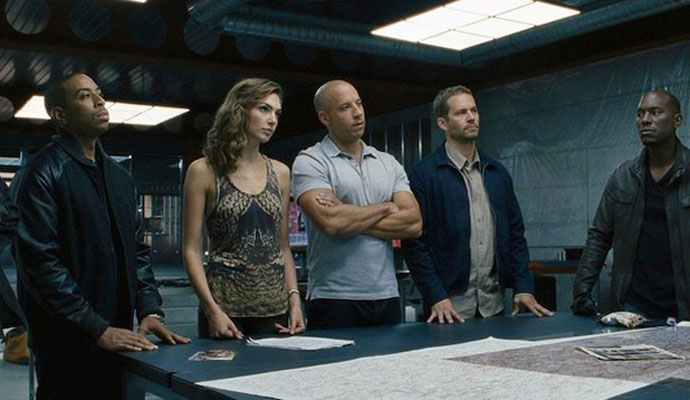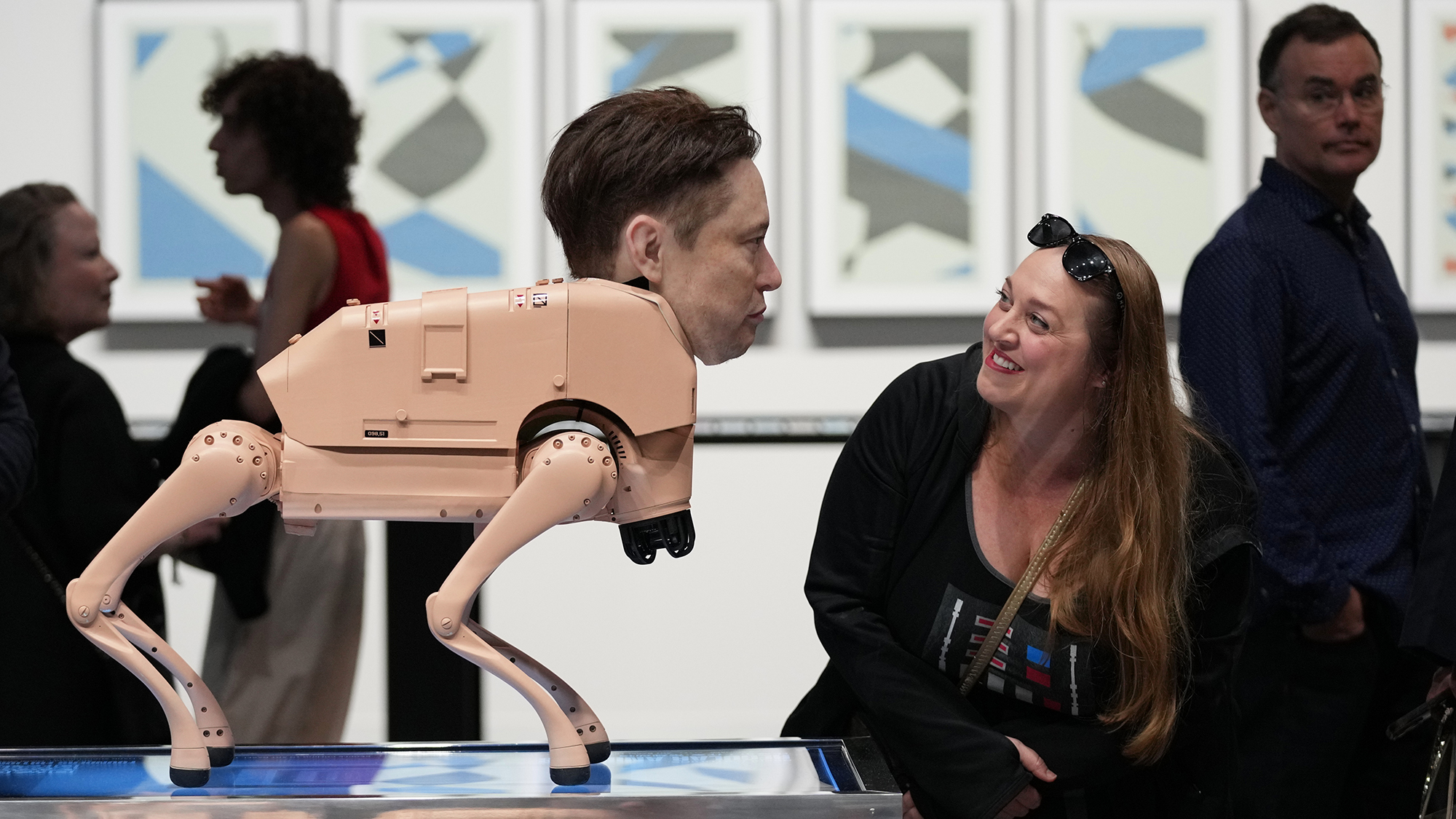Girls on Film: Why 'Me, too!' is the most undervalued phrase in Hollywood
When it comes to storytelling, diversity is more than an ideal — it's good for business.


A recent piece in The New Yorker discussed the ongoing battle between fans and creators on women-centric shows like The Mindy Project, which deliberately depicts a female lead who isn't a role model. "Female viewers, especially, have been trained to expect certain payoffs from romantic comedies, vicarious in nature: the meet-cute, the soul mate, and, in nearly every case, a 'Me, too!' identification," wrote Emily Nussbaum. "Without 'Me, too!,' some folks want a refund."
Of course, it's not just women looking to identify with popular culture. A few days later, the The AV Club's Alex McCown published a piece on Mindy Kaling's charismatic TV love interest, played by Chris Messina. "In movie stars, it's sometimes called the 'It' factor," he wrote. "But with these actors, it's usually demarcated by a half-smile or flicker of recognition in the viewer — 'Oh, I like that person.'"
"Me, too!" is more than just a signifier of magnetism, identification, and some indescribable "It" factor. It is the basis for how we deal with the world — from the politics of sex, love, and friendship, to the art we absorb, to the political figures we support, to the faith (or lack thereof) we follow. When audiences can't relate to something, the reactions can be extreme; rather than just disliking something, they "want a refund."
The Week
Escape your echo chamber. Get the facts behind the news, plus analysis from multiple perspectives.

Sign up for The Week's Free Newsletters
From our morning news briefing to a weekly Good News Newsletter, get the best of The Week delivered directly to your inbox.
From our morning news briefing to a weekly Good News Newsletter, get the best of The Week delivered directly to your inbox.
Explore any element of cinema and you'll find manifestations of the "It" factor and "Me,too!" identification. The former has been a bedrock of Hollywood since tastemaker Elinor Glyn first wrote about "It" in 1927. "To have 'It,'" she wrote, "the fortunate possessor must have that strange magnetism which attracts both sexes."
Hollywood moviegoers consistently look for a recognizable element of humanity — generally, by seeking out vulnerability. "Fundamental to our shared humanity is our shared vulnerability," says an initiative at Emory University. It is applied to everyone, from Mike Tyson, George Clooney, and Clint Eastwood. to Nicole Kidman and Shailene Woodley. When the fiercely atypical Lisbeth Salander was adapted for Hollywood, she was made more vulnerable and given a palpable magnetic attraction.

Ear-biting boxers like Tyson aren't the limits of the quest to find a human element in everyone. From Superman to Iron Man, superheroes struggle with the juxtaposition of power and humanity. Hollywood even applies it to machines, from the Terminator franchise that turned some of its most lethal machines into kind caregivers, to the romances in Her and Wall-E, to the television series Person of Interest, where a machine is defined by how much humanity it has.
Everyone turns to culture for connection. The irony is that one person's identification is another person's alienation.
A free daily email with the biggest news stories of the day – and the best features from TheWeek.com
This is at the heart of diversity in film and television: People of different races and genders aren't trying to take away one person's "Me, too!" moment — they just want to be able to have that moment themselves. If we subscribe to only one form of "Me, too!" culture, and heed only one group, it is at the expense of another's identification.
Identification is essential to the art of cinema. People want to see themselves or something they can understand. Of course, cinema is also a business, and one could argue that this is precisely what Hollywood is doing: catering to the largest homogenous group of "Me, too!" audiences with a string of blockbusters about lily-white male superheroes. But the argument doesn't hold up; audiences are not a homogenous group, and Hollywood is not catering to the majority with its usual fare.
According to the 2013 United States Census, 50.8 percent of the population is female. White people make up 62.6 percent of the population — a number predicted to decrease until the country becomes "a majority-minority nation for the first time in 2043. While the non-Hispanic white population will remain the largest single group, no group will make up a majority."
Still, the MPAA has already proven that the industry isn't really tailoring its "Me, too!" filmmaking to include these groups. In 2013, women made up 52 percent of all moviegoers, and ethnic populations made up 41 percent of moviegoers. Hollywood still largely fails to cater its films to women, but as Yahoo! writes, it has started "catering to Hispanic audiences" after the box office boosts they've given films Fast & Furious 6 and Gravity.

Diversity is often seen as a scourge, designed to eradicate what we already have instead of coexisting with it. But diversity is already here, and movie audiences definitely aren't just white men. Increasingly, there are too many people who have grown up without "Me, too!" moments of their own.
When Jill Soloway started pushing for "trans-affirmative action" to make sure a trans woman was involved in the creation of the trans character at the heart of Transparent, she wasn't dictating that "what you are in life" is "what you do in your art," as Jenji Kohan challenged. She simply wanted someone who has lived it to weigh in, so that the character was real, not theoretical. By trying to expand the realms of the "Me, too!" moment, her show became Amazon's biggest hit to date.
Hollywood could learn a lot from that example. We all know the joy of feeling "Me, too!" and the frustration when you can't. Diversify the people behind and in front of the screen, and those moments will extend to the many people who want to experience something they recognize. When Hollywood's output fails to reflect half the people who actually pay to see films in theaters, it's not just the right thing to do — it's good business.
Girls on Film is a weekly column focusing on women and cinema. It can be found at TheWeek.com every Friday morning. And be sure to follow the Girls on Film Twitter feed for additional femme-con.
Monika Bartyzel is a freelance writer and creator of Girls on Film, a weekly look at femme-centric film news and concerns, now appearing at TheWeek.com. Her work has been published on sites including The Atlantic, Movies.com, Moviefone, Collider, and the now-defunct Cinematical, where she was a lead writer and assignment editor.
-
 The week’s best photos
The week’s best photosIn Pictures A drive in the desert, prayers with pigeons, and more
-
 The Week Unwrapped: Will drought fuel global violence?
The Week Unwrapped: Will drought fuel global violence?Podcast Plus why did Trump pardon a drug-trafficking president? And are romantic comedies in terminal decline?
-
 Sudoku hard: December 5, 2025
Sudoku hard: December 5, 2025The daily hard sudoku puzzle from The Week
